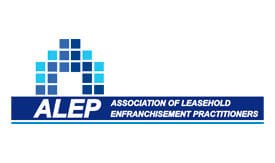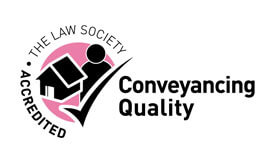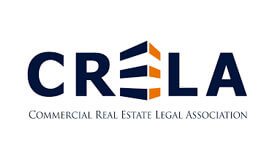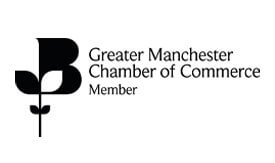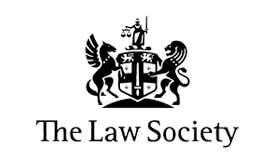The difference between a freehold property and a leasehold property may not seem important, however, getting it wrong can result in a huge expense. Freehold vs. Leasehold is the difference between owning your property yourself and having a landlord. Leasehold property and freehold property are the two fundamental forms of property ownership. It’s important to understand the difference so you understand your ownership in your property and evaluate the deal. Most houses are normally sold in freehold, however, with the increased trend towards leasehold property it is important to check before you buy.
What does Freehold mean?
The meaning of freehold is complete ownership in your land and property outright. Your name will appear on the land registry as owning the ‘title absolute’. Owning a property in freehold means no one else has a right or an interest to your property or land – it is completely owned by you. Complete ownership is usually the preferred option.
Key characteristics of freehold:
- There is no annual ground rent to pay
- There is no risk of a freeholder who charges large amounts of ground rent
- There is no risk of a freeholder failing to maintain the building
- You have responsibility for maintaining every part of the property
- You can change the property in any way you wish
- Outright owner with full control and no landlord restrictions
What does Leasehold mean?
The meaning of a leasehold property is that you do not own the property outright, you will have a landlord. The landlord (or freeholder) will lease you the property to use for a term of years. These terms are generally long term for between 90 and 120 years. Some leases go as high as 999 years and others as low as 40 years. You will pay an annual ground rent for the term of your lease.
Key characteristics of leasehold:
- Similar to a tenancy agreement there will be a contract between the landlord and the leasehold buyer setting out the obligations and responsibilities of each party.
- The Leaseholder pays a ground rent and maintenance fees to the freeholder
- The lease can be forfeited if they do not pay.
- The freeholder will be responsible for maintaining parts of the building, for example the exterior or the roof, unless the leaseholder has exercised their right to manage.
- The right to manage allows the leaseholder to take over the management of the company. For more information on the right to manage please go to
- Leaseholder needs to obtain permission from the landlord to do any major works.
- The landlord can place restrictions on the leaseholder.
Buying the freehold of my leasehold property (enfranchisement)
If you currently own a leasehold property, you may have the right to buy the freehold and own the property outright. This process is called enfranchisement. The process is fairly complex, and the help of a freehold purchase solicitor is invaluable. For more information on enfranchisement please follow this link:

